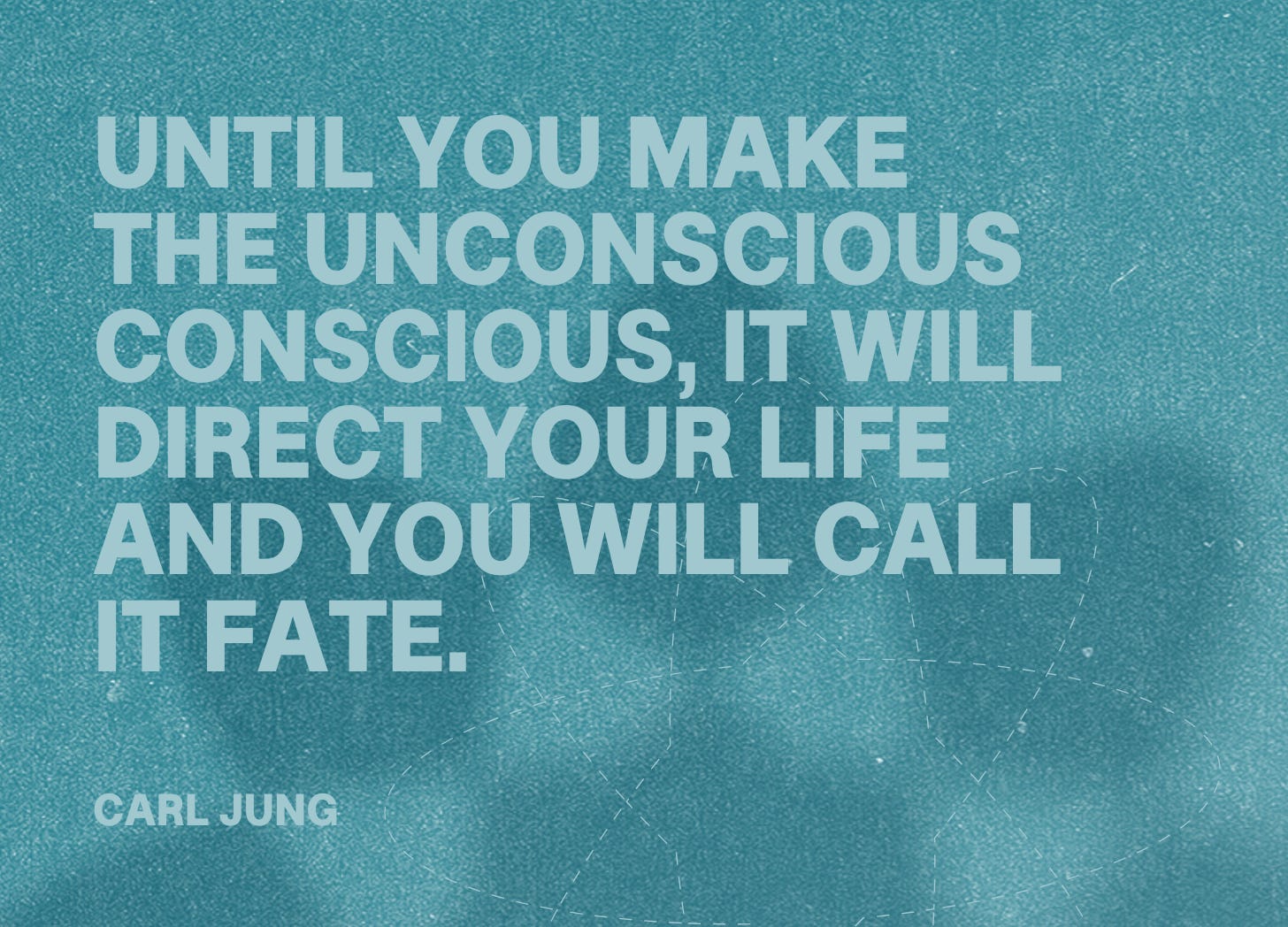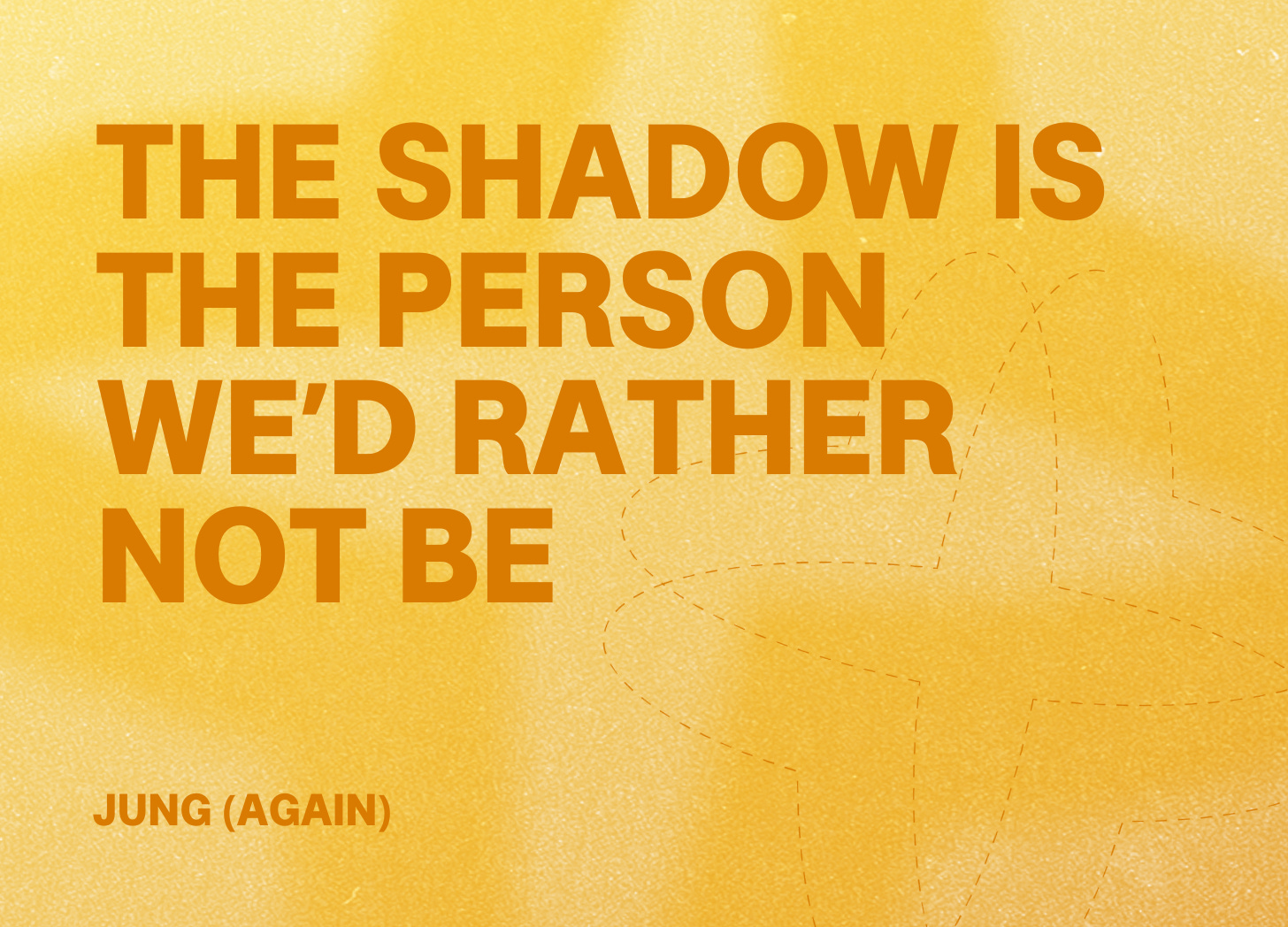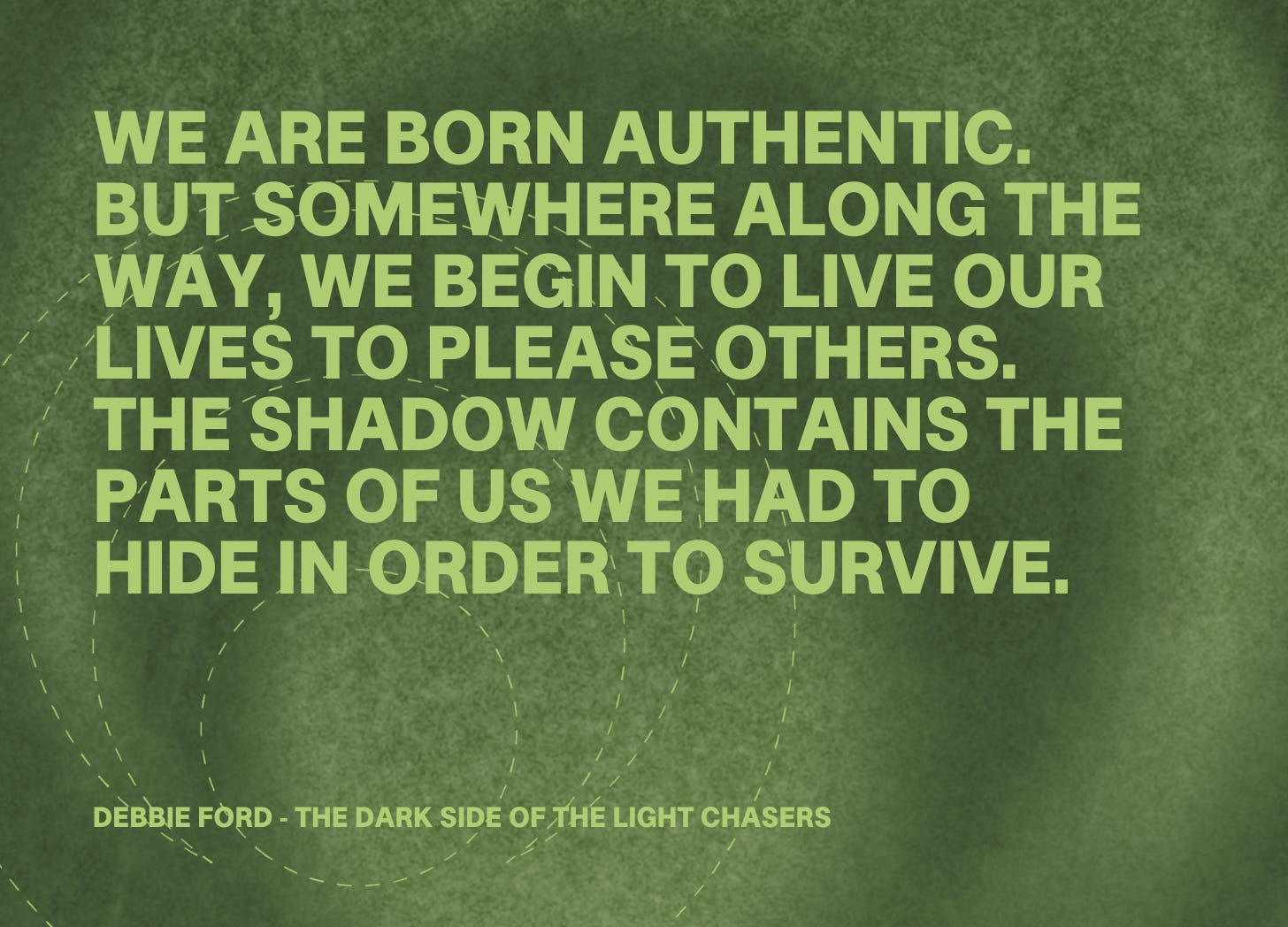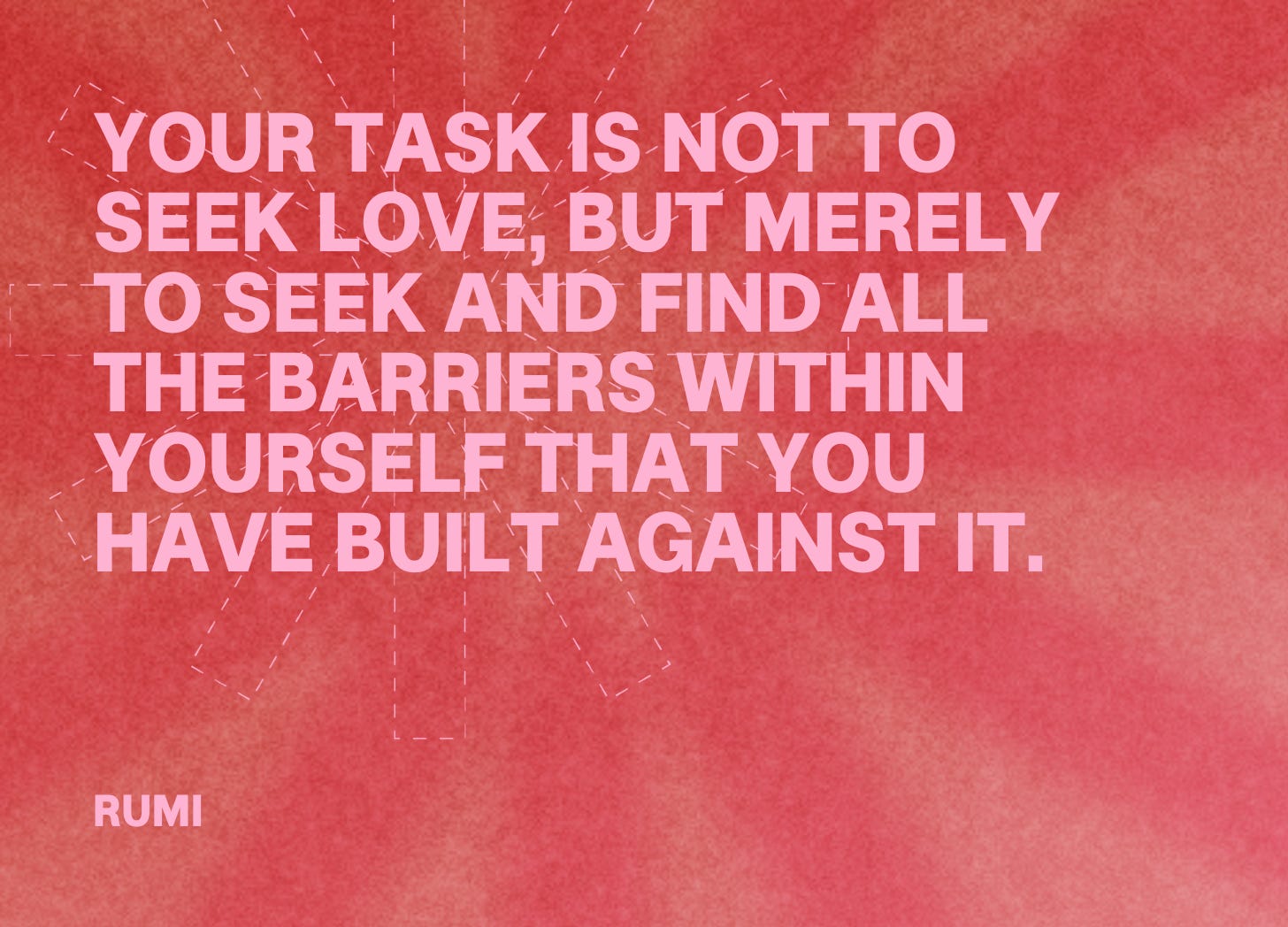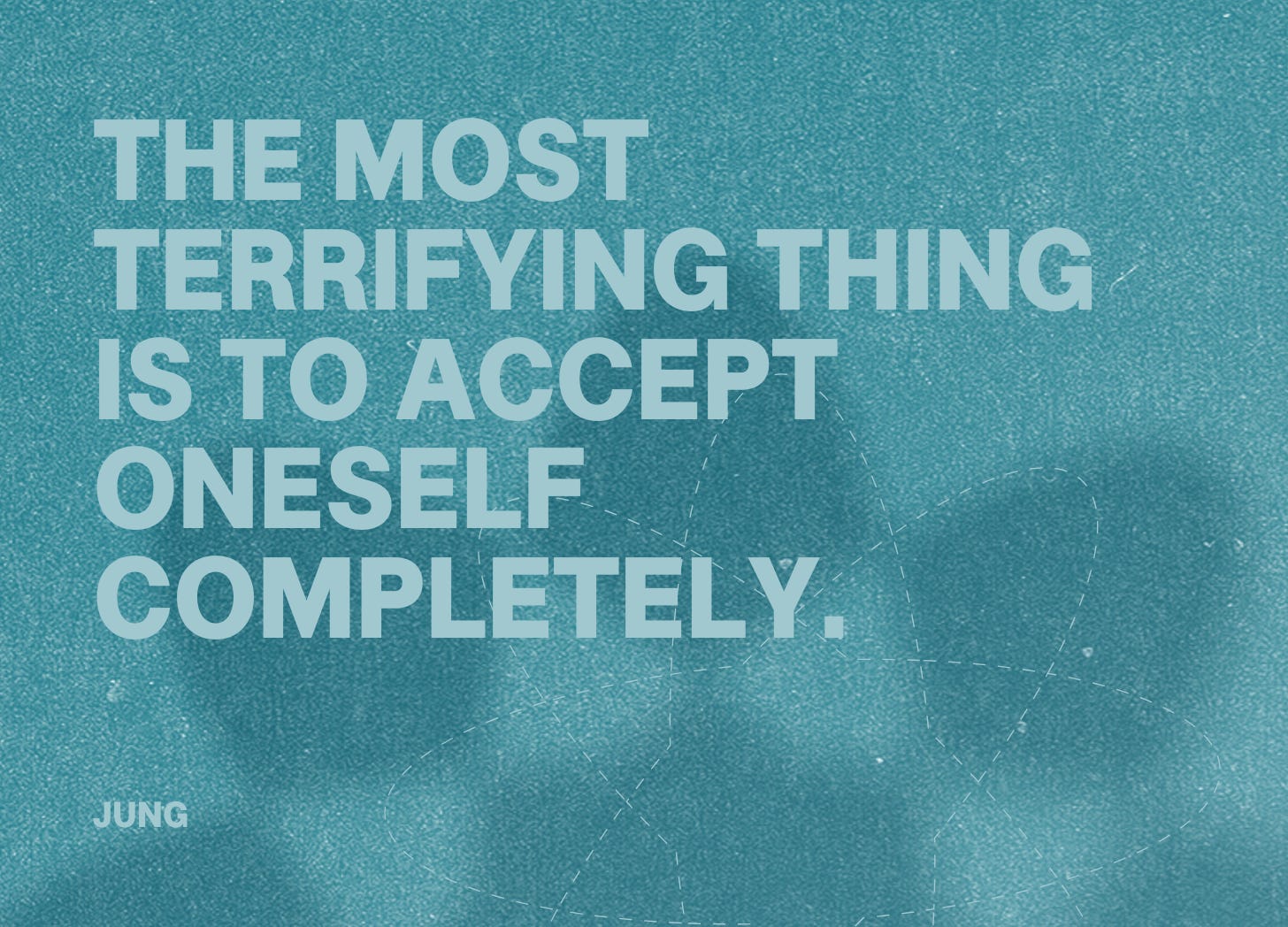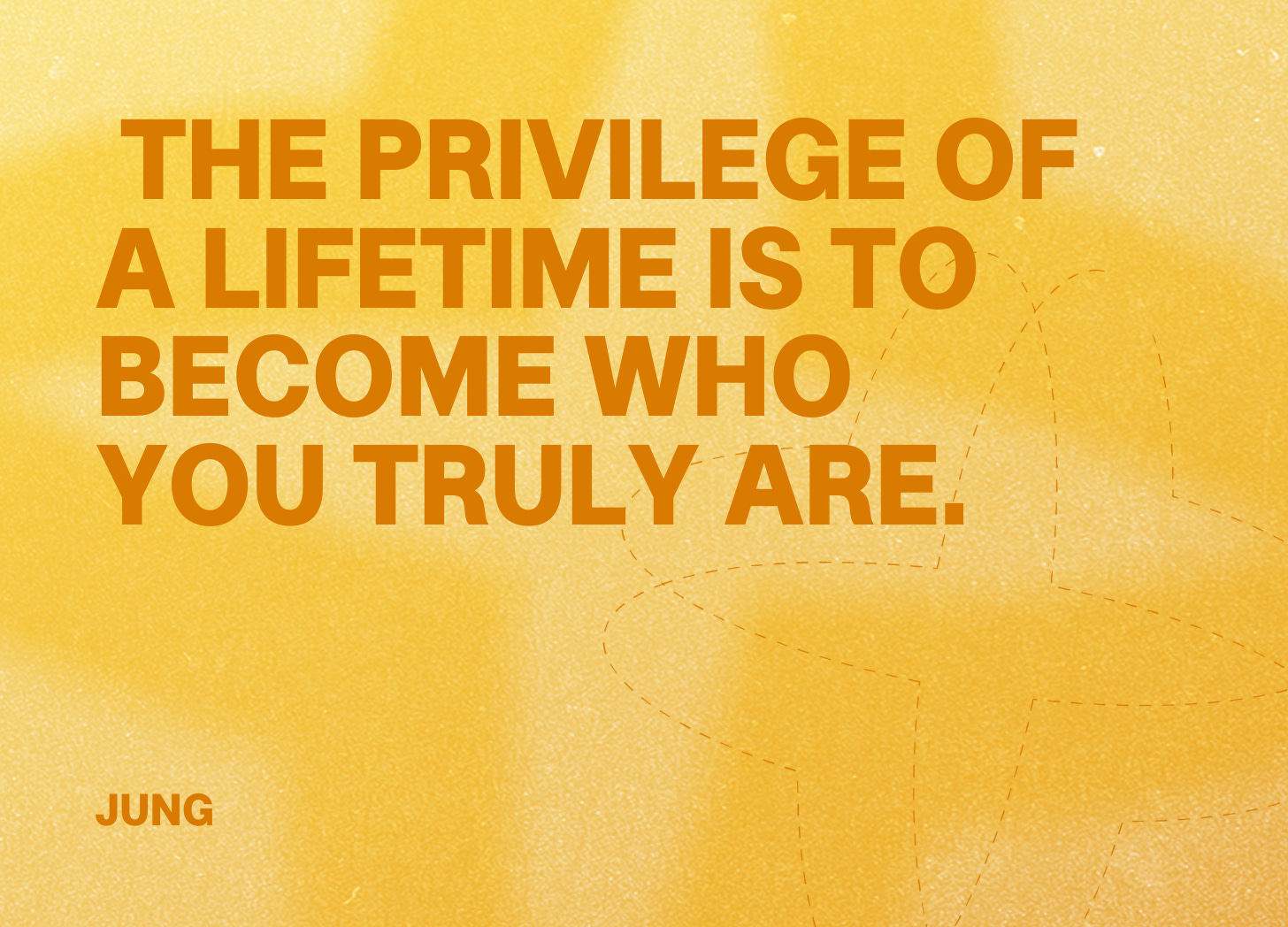What is your shadow?
Introduction to Shadow Work - Part I
This is the first lesson in your free ten-part Introduction to Shadow Work course. Subscribe below and I’ll send you the links to all ten lessons in the course.
Let me tell you about three people:
Sarah grew up in a household where anger wasn't allowed, especially for girls. "Nice girls don't behave like that," her mother told her. So Sarah learned to smile, accommodate, and swallow her rage. Now at 35, she finds herself in unsatisfying relationships, unable to set boundaries, wondering why she feels so empty inside. Her buried anger leaks out as passive aggression and chronic exhaustion.
James survived childhood by becoming invisible. In a chaotic home with an alcoholic father, being small and quiet kept him safe. Now he's successful on paper, but feels like he's suffocating. He can't speak up in meetings, struggles to take up space, and sabotages opportunities just when they're within reach. The part of him that learned to hide is still hiding.
Maya was told she was "too much" - too loud, too excited, too ambitious. So she dimmed herself down to fit in. Now she pleases people, says yes when she means no, and has no idea what she actually wants because she's spent decades pretending to be someone else.
Whether or not you relate to Sarah, James, or Maya, there's probably something in their stories that you can relate to: we all have parts of ourselves we've been hiding from ourselves and others. Parts that scare us, embarrass us, or that we learned would make us unlovable.
So we buried those parts, built a socially acceptable version of ourselves, and got on with the business of trying hard to be that person.
But what we bury doesn't die. It runs our lives from the shadows.
What is the shadow (really)?
Your shadow isn't some evil twin lurking in the darkness. It's much simpler and more profound than that.
Your shadow is every part of yourself you learned to hide, deny, or reject to survive and be loved.
It's the anger you weren't allowed to express. The sadness that made others uncomfortable. The joy that felt too big. The needs that were inconvenient. The parts of you that someone said were "wrong," "selfish," or "too much."
These disowned parts don't disappear. They go underground and start hijacking your thoughts, relationships, and choices - often without you even realising it.
How the shadow is formed
You weren't born ashamed of yourself. You didn't come out of the womb thinking your emotions were "too much" or that your needs made you a burden.
You learned that.
As kids, we all did whatever it took to stay safe and be loved. That included hiding parts of ourselves to avoid rejection, punishment, or abandonment. We learned through:
Direct criticism: "Stop crying." "Don't be so sensitive." "You're too loud."
Conditional love: being rewarded for being "good" and punished for being real
Cultural messaging about how we should behave based on our gender, background, or circumstances
Survival instincts: learning what kept us safe and what put us at risk
As children, we split ourselves into two: the parts that got love and approval, and the parts that got buried to avoid shame or abandonment. With all its messy, vibrant, overwhelming aliveness, that buried version of you became your shadow.
And just because you learned to hide it doesn't mean it stopped existing.
How your shadow shows up
If we don't face our shadows, we stay trapped in unconscious patterns. This is because everything we push into the shadow “comes out sideways”, i.e. in ways that are out of our conscious control and which can damage ourselves and those around us.
Can't express anger? It leaks out as passive aggression or explodes at someone who didn't deserve it.
Ashamed of your needs? You'll never ask for help, then collapse under the weight of your silence.
Learned to be "the strong one"? You'll burn out trying to hold everyone else together.
Told you were "too much"? You'll shrink yourself until you feel invisible.
Your shadow is at play every time you:
React way too strongly to something small
Find yourself in the same destructive patterns repeatedly
Sabotage success just when it's within reach
Feel inexplicably triggered by certain people
The Shadow isn't just "bad stuff"
Most people don't realise that your shadow also holds the gold.
The word "shadow" sounds dark, so people think it's all trauma and dysfunction. But our shadow also holds the good stuff we were told wasn't allowed:
Our power and confidence
Our sexuality and sensuality
Our joy and playfulness
Our creativity and ambition
Our voice and your truth
That's why this work is so vital. When we do it, we don't just heal wounds - we reclaim the treasure we buried with them.
What shadow work actually does
In Shadow work, we don’t focus on becoming perfect or "fixing" anybody. Instead, our goal is to become whole; to finally understand why we do what we do, and have a choice about it.
The benefits are tangible:
More self-trust and emotional resilience
More authentic relationships and healthier boundaries
Less people-pleasing, perfectionism, and burnout
A sense of wholeness that doesn't depend on performance or approval
Living with the unhealed shadow is exhausting. You feel like you're pretending all the time. You can't relax. You can't stop performing. You build a life that looks "fine" from the outside and feels empty on the inside.
Shadow work restores your capacity to feel, choose, and connect. It frees up your energy. It stops self-sabotage and starts the process of true change.
Your first shadow practice
Here's something you can do right now:
Notice where you feel resistance as you read this. Maybe your chest tightens, your jaw clenches, or your stomach knots up. That's not a problem - that's information. Your body is showing you where your shadow lives.
Don't try to fix it. Just notice it. Say hello to it. That resistance has been protecting you.
Then try this simple reflection (you can do this in your head, in a journal, or in your phone notes):
What parts of myself do I hide from others?
What feelings am I most afraid to express?
What qualities in other people trigger me - and what might they reflect back to me?
Remember: You're not broken. You're not toxic. You're not beyond healing. You've just spent a lifetime hiding parts of yourself because you were told they were unsafe.
Shadow work is how you bring them home.
What's coming next
Over the next nine lessons, we'll explore how your shadow hijacks your life, where it came from, and, most importantly, how to work with it instead of against it.
Some of what we explore might feel uncomfortable. The parts of ourselves we've been avoiding are exactly the parts that hold our power, creativity, and aliveness.
In the next lesson, we'll look at how to catch your shadow in the act, and observe those moments when it makes decisions for you without your knowledge.
The parts of yourself that you bring into the light start to lose power over you.
You've already started. You're braver than you think.
P.S. If this stirred something up for you, that's completely normal. You're starting to wake up to parts of yourself you've kept unconscious. Go gently. There's no rush. And if you need professional support at any point during this journey, that's wisdom, not weakness.
This is the first part of my free Introduction to Shadow Work course. Subscribe below, and I’ll send you links to all the lessons.


